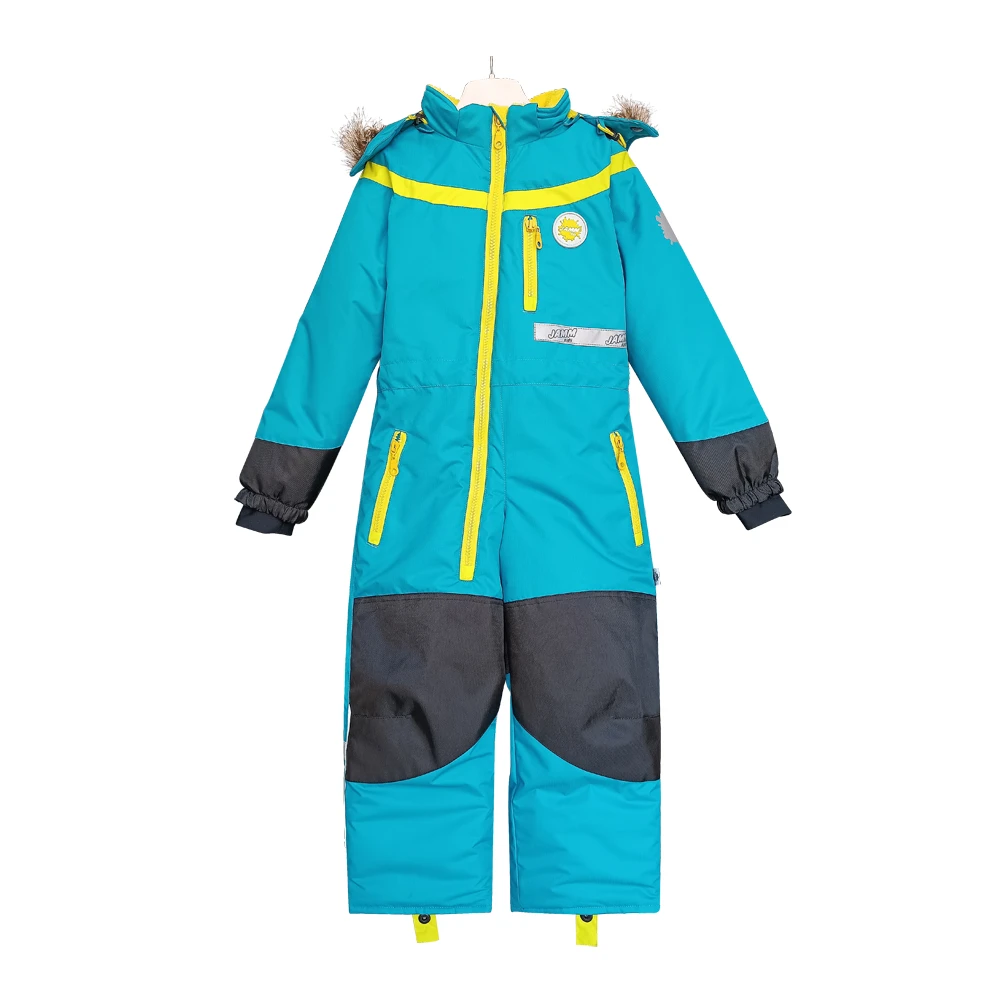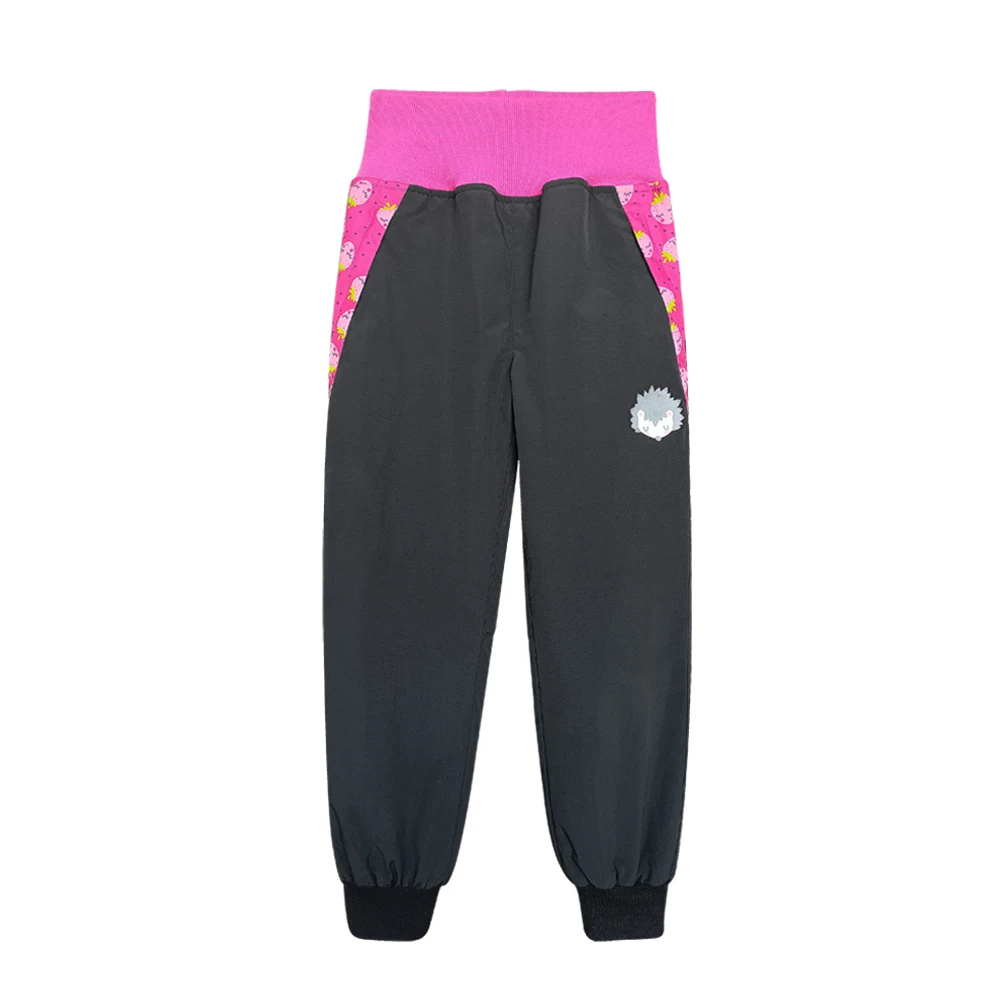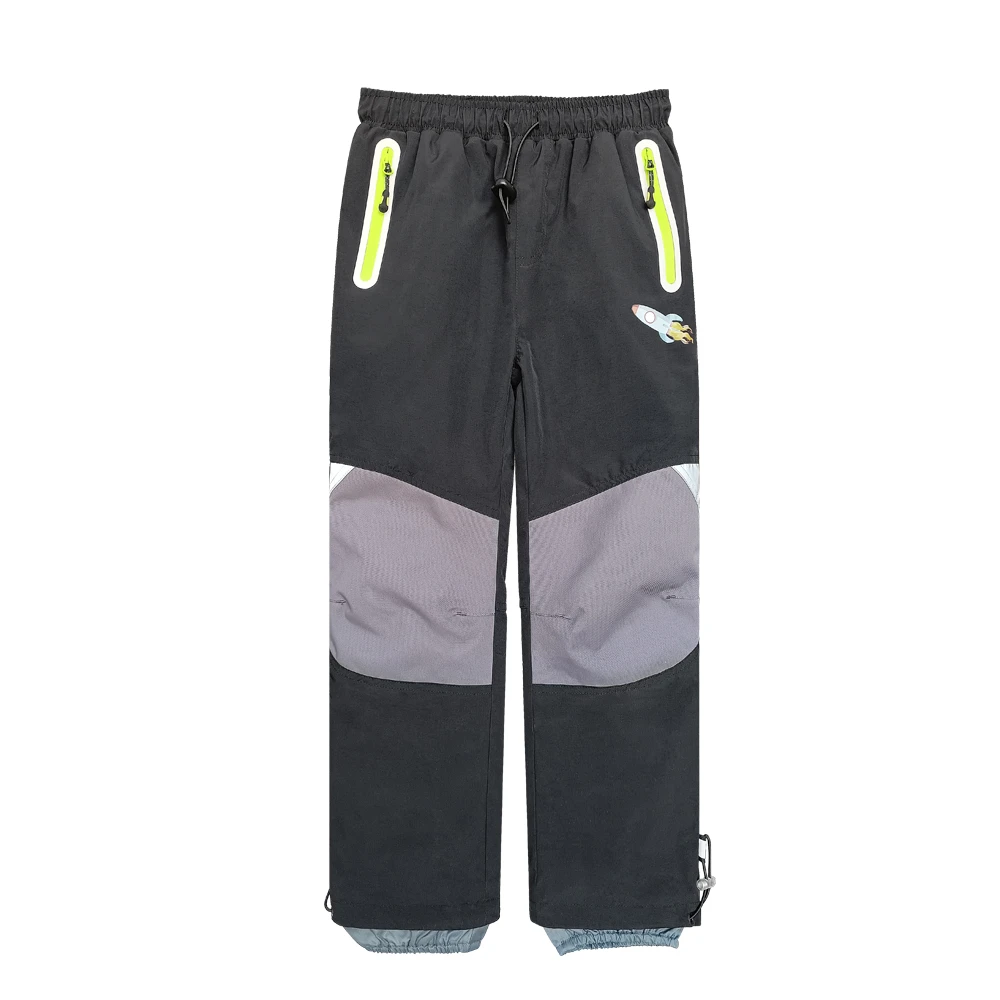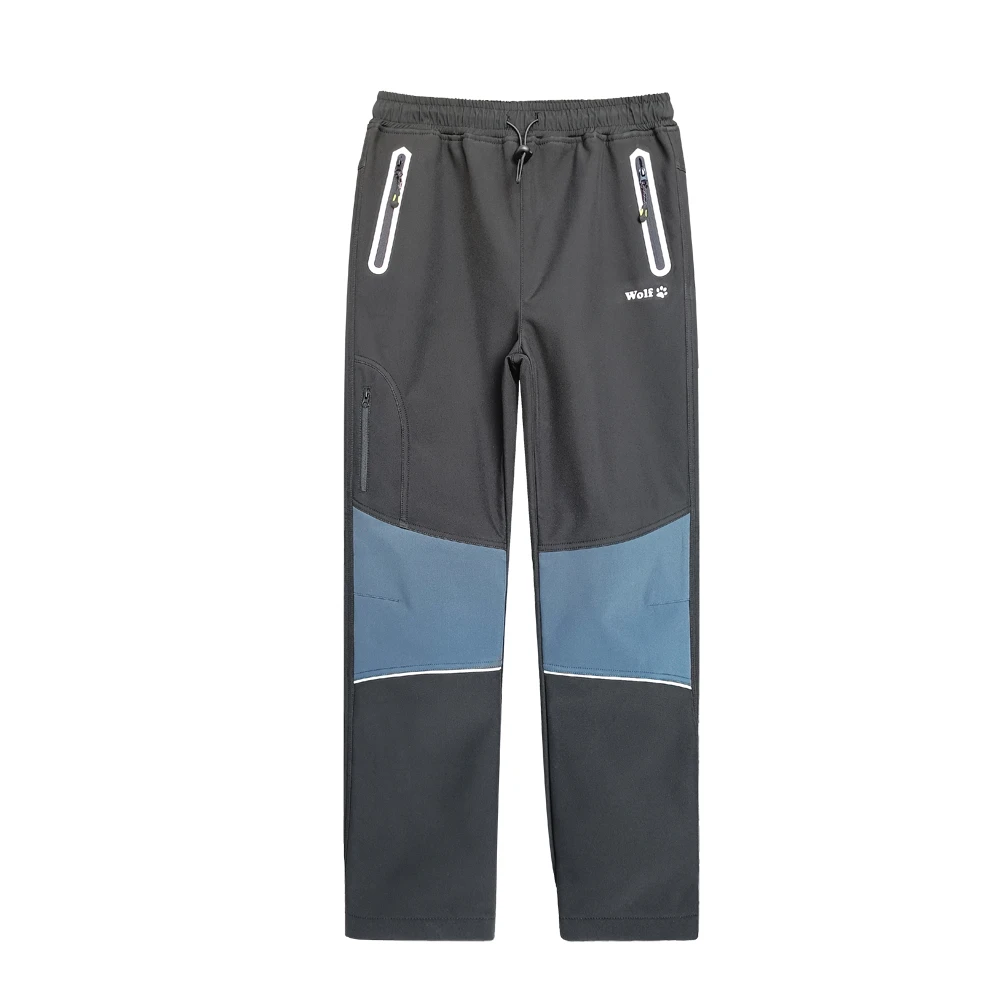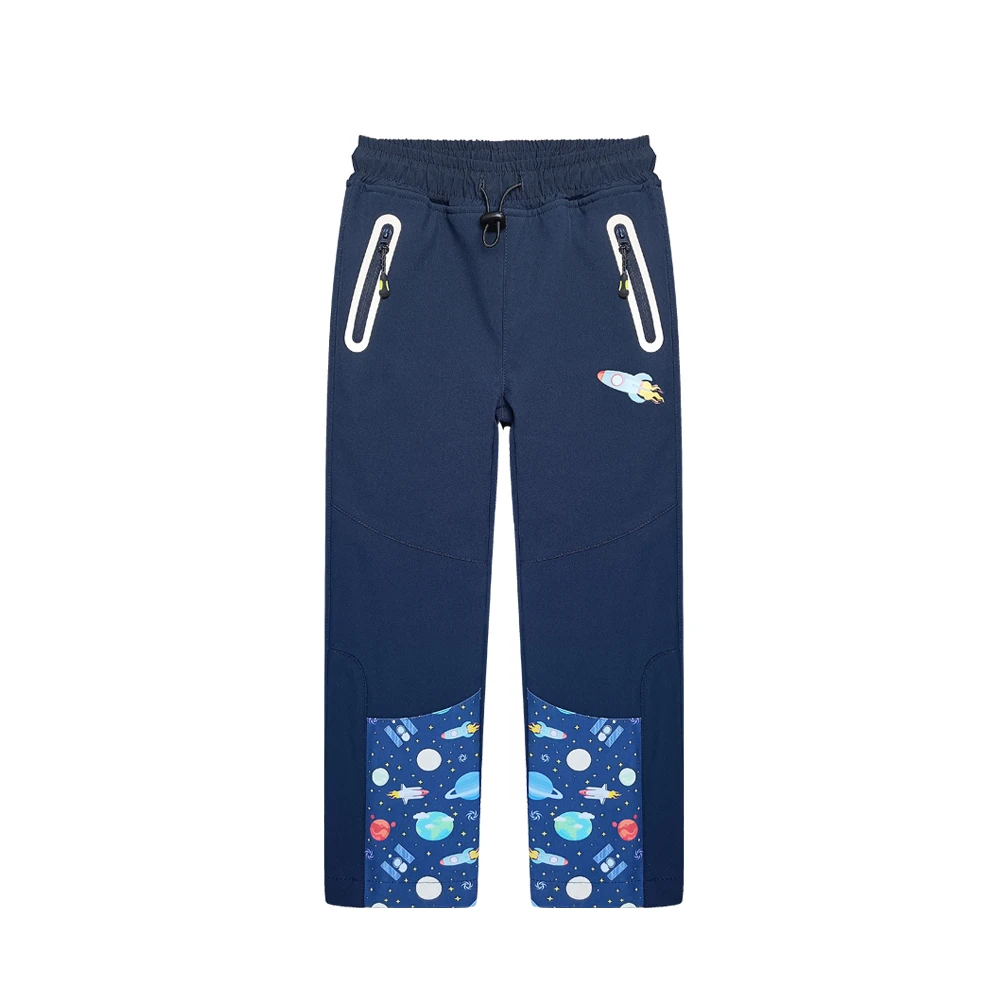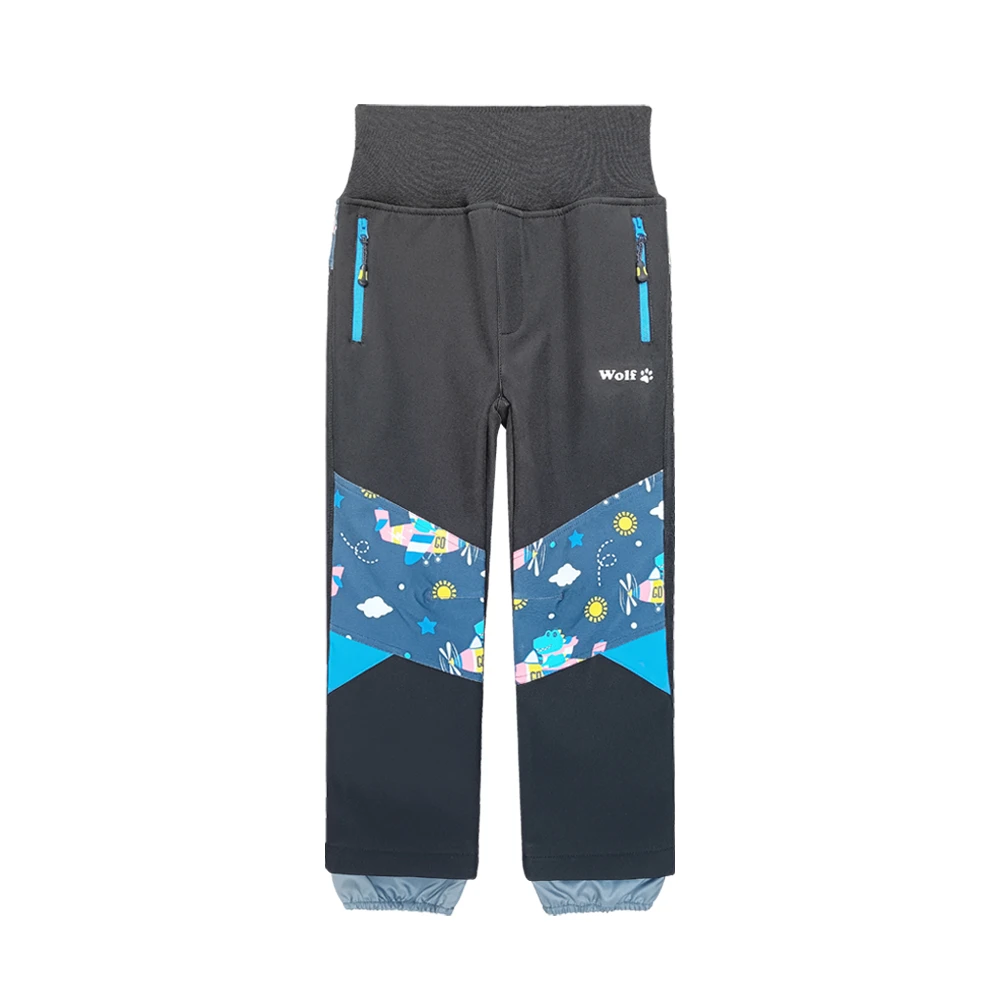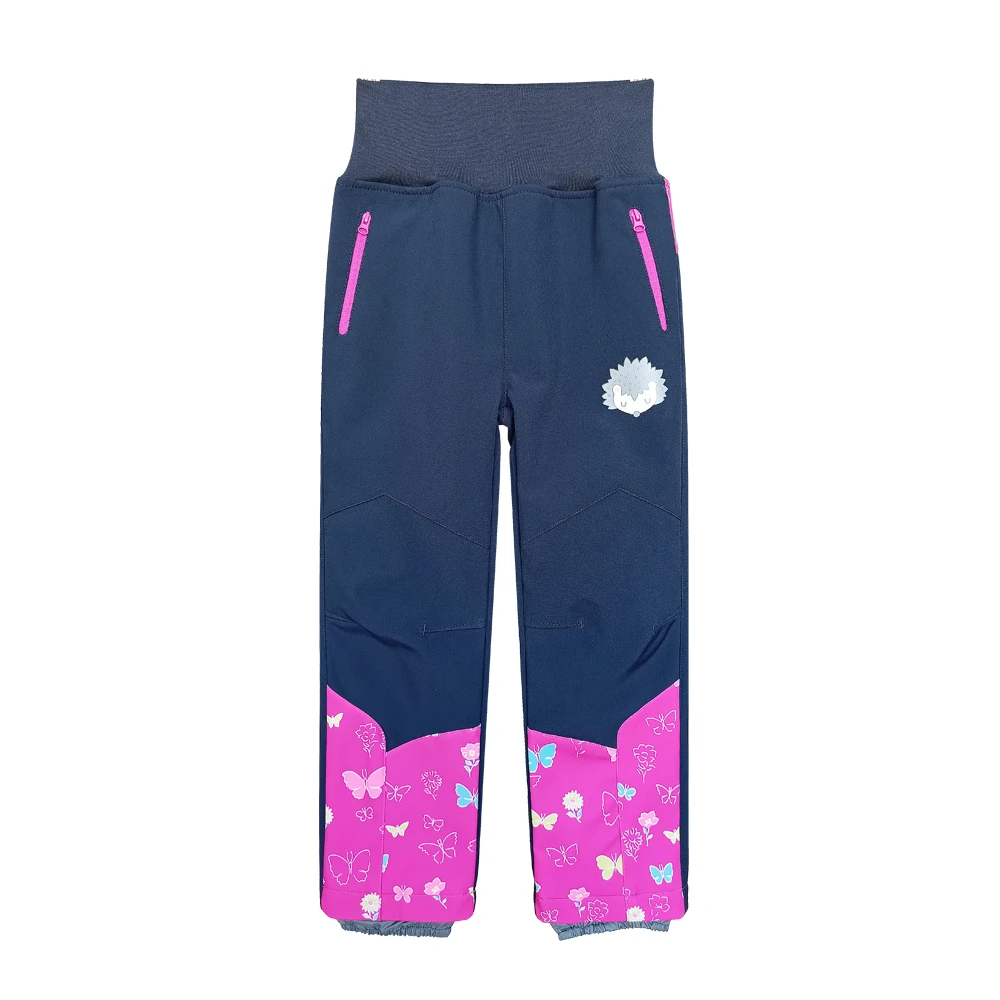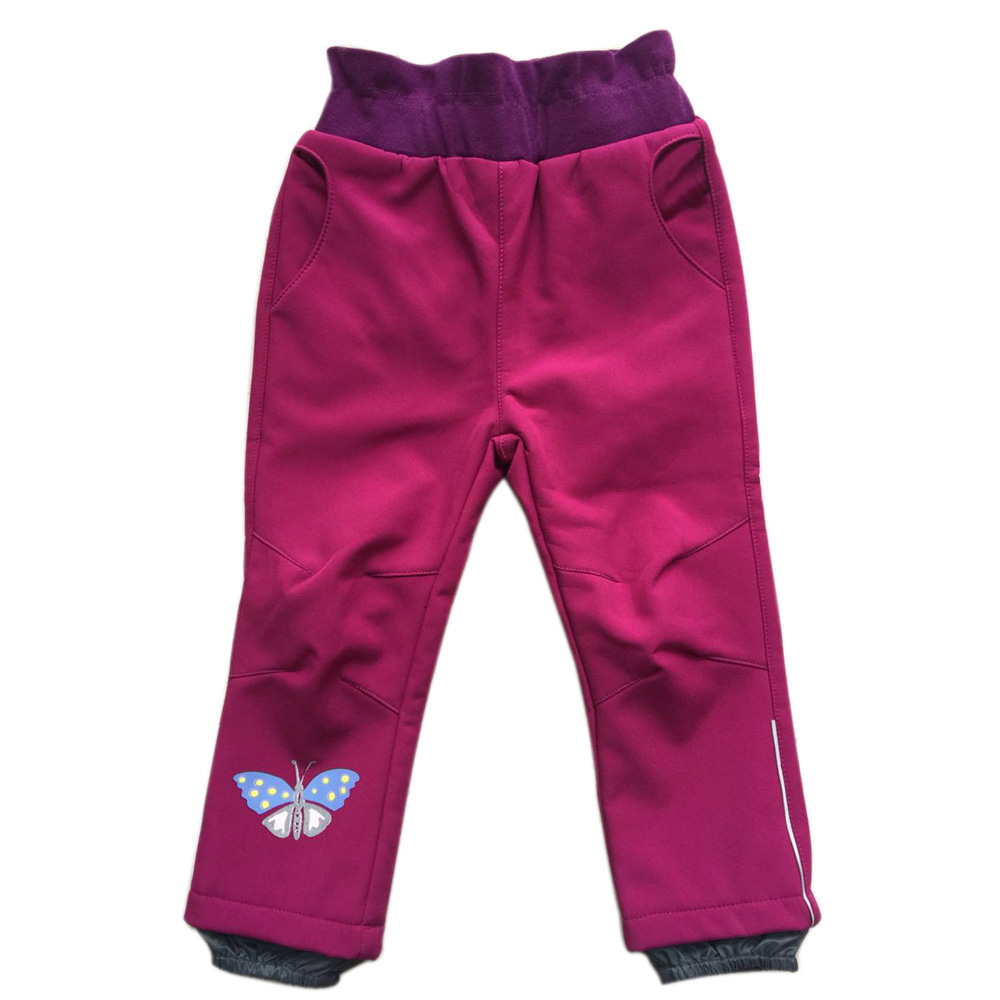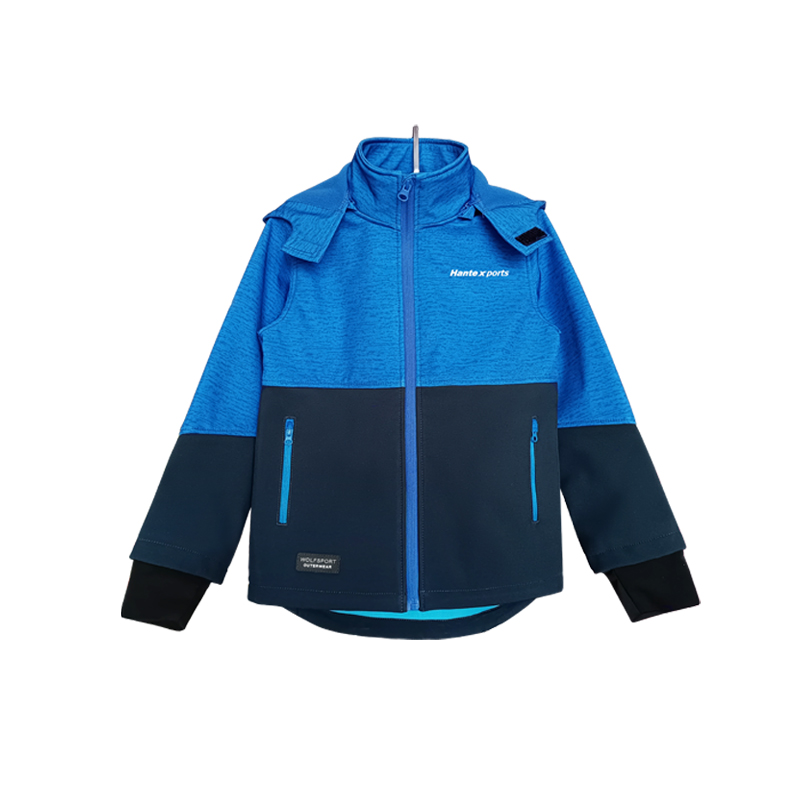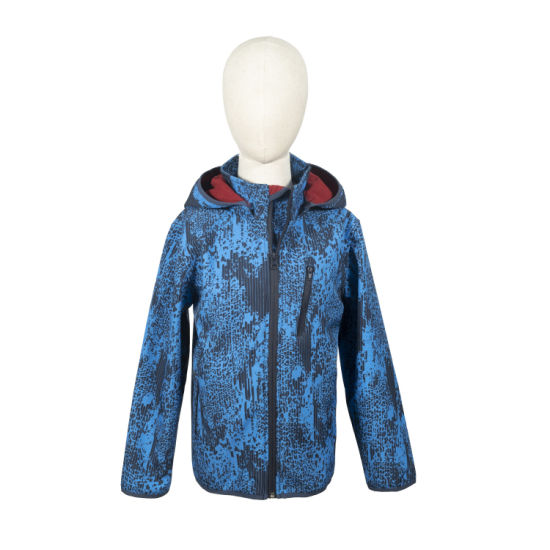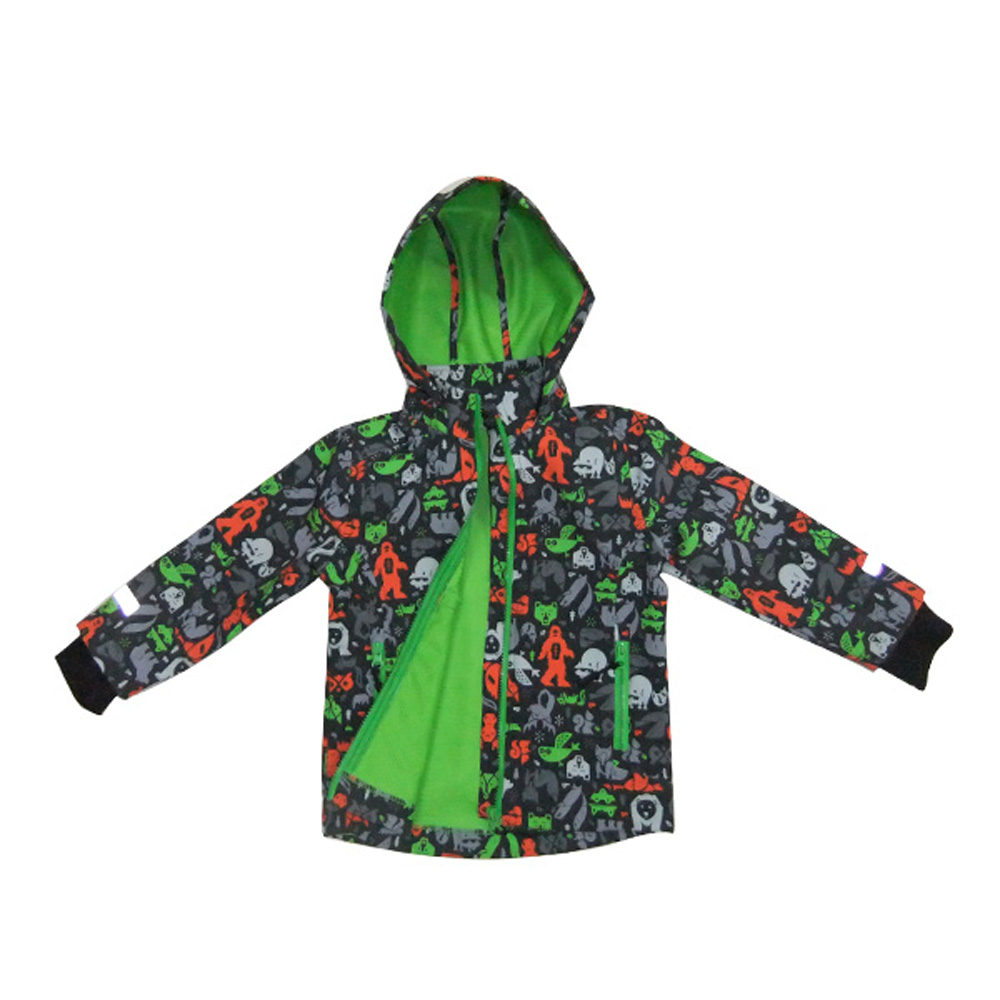Field Notes on a Children’s Softshell Revolution
If you’ve ever chased a kid across a damp playground (been there), you learn quickly: gear matters. The Children’s Softshell Waterproof Jacket sits right in the sweet spot of comfort, weather protection, and durability. The industry trend is clear—parents and school buyers are moving from bulky raincoats to membrane-backed softshells with PFC-free finishes, reflective trims, and genuinely useful breathability. And yes, kids actually keep them on.

What’s inside this softshell (and why it works)
Under the hood, we’re looking at a 3-layer construction: a tough face fabric (polyester with a hint of spandex stretch), a TPU membrane for waterproofing, and a cozy microfleece backer. The outcome: a jacket kids forget they’re wearing, which—honestly—is half the battle.
| Spec | Details (≈ real-world use may vary) |
|---|---|
| Fabric | 96% polyester / 4% spandex softshell, 3L with TPU membrane |
| Waterproof rating | ≈ 8,000–10,000 mm (ISO 811) |
| Breathability | ≈ 5,000–8,000 g/m²/24h (ISO 11092/ASTM E96, Ret ≈ 9–12) |
| DWR | PFC-free C0 finish, AATCC 22 spray rating 90/100 new, 80/100 after 20 washes |
| Seams | Critical seams taped; softshell bonding for drape + warmth |
| Abrasion | Martindale ≈ 40,000 cycles (ISO 12947) |
| Sizes | Approx. 98–164 cm kids’ sizing |
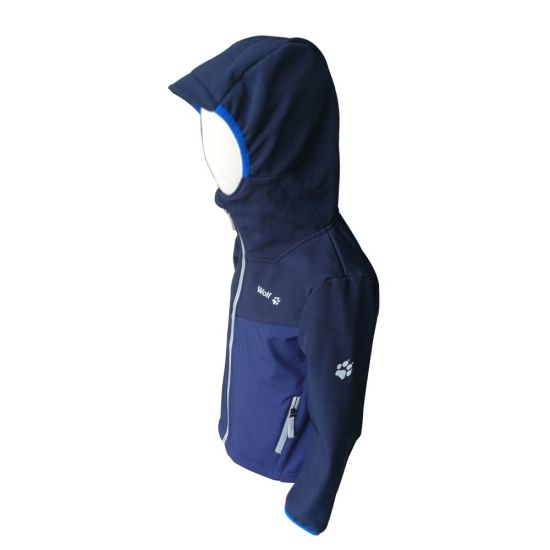
Where it shines
- School commutes: wind and drizzle protection without the “rustle.”
- Active sports: breathable enough for PE, cycling, weekend hikes.
- Shoulder seasons: autumn chill to early winter; layer under for colder snaps.
Many customers say their kids “stop complaining about jackets.” Not scientific, but telling.
From yarn to yard: process flow
Materials sourcing → knitting/weaving face fabric → membrane lamination (3L) → cutting (auto nesting) → stitching with bar-tack reinforcements → critical seam taping → DWR application → washing → QC (AQL 2.5) → packaging. Testing standards include EN 343:2019 for protective rain wear, ISO 811 hydrostatic head, AATCC 22 spray, and ISO 11092 breathability. Service life: around 2–3 school years with normal use; DWR refresh with aftercare extends it.
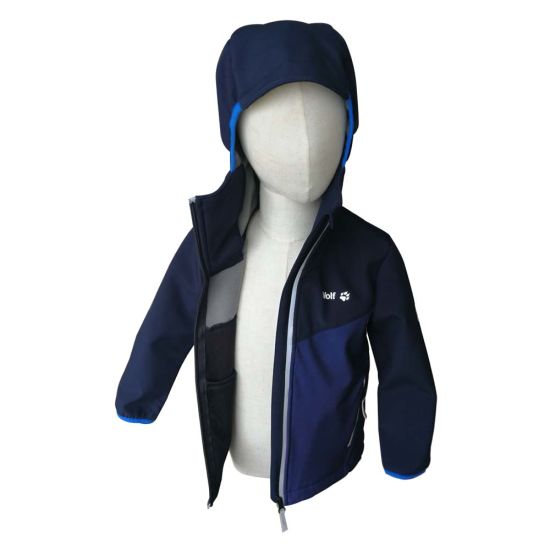
Customization for schools and clubs
Logos (heat-transfer or embroidery), colorways, reflective piping per EN ISO 20471 accents, detachable or fixed hood, chin guard, YKK zippers, name label—simple stuff that makes daily life easier. Origin: No.173, Shuiyuan Str., Shijiazhuang, China, with MOQs that are reasonable for district buys.
Vendor snapshot (real-world comparisons)
| Vendor | Lead Time | Waterproof | Certifications | Notes |
|---|---|---|---|---|
| Shijiazhuang Softshell (manufacturer) | 30–45 days | 8–10K mm | OEKO-TEX 100, REACH | Strong customization; factory-direct pricing |
| Regional Trader | 45–60 days | 5–8K mm | Varies | Flexible MOQs; price slightly higher |
| EU OEM Brand | 60–90 days | 10–15K mm | OEKO-TEX 100, bluesign | Premium trims; highest price tier |
Field feedback and mini case studies
Children’s Softshell Waterproof Jacket in a UK school district trial: 320 units, autumn term. Teachers noted fewer “coat-off” moments during PE, and parents reported “no soggy sleeves” in light rain. An Austrian ski club used a thicker fleece-back variant; kids wore it as an outer layer on mild days and mid-layer under shell jackets when it dumped—surprisingly versatile.

Certifications and compliance
Typical lots meet OEKO-TEX Standard 100 for skin safety and REACH for chemicals. For rain protection, EN 343 guidance applies; reflective add-ons can align with EN ISO 20471 accents for visibility. CPSIA lead limits covered for US-bound trims.
Author’s note: I’ve handled enough samples to say the hand feel here is genuinely kid-friendly—soft, not crinkly. To be honest, that’s what wins daily wear.
References
- ISO 811: Textile fabrics — Determination of resistance to water penetration (hydrostatic pressure).
- ISO 11092: Measurement of thermal and water-vapour resistance (Ret).
- AATCC 22: Water Repellency: Spray Test.
- EN 343:2019 — Protective clothing against rain.
- OEKO-TEX Standard 100 — Harmful substance limits for textiles.
- ISO 12947 — Martindale abrasion testing.
